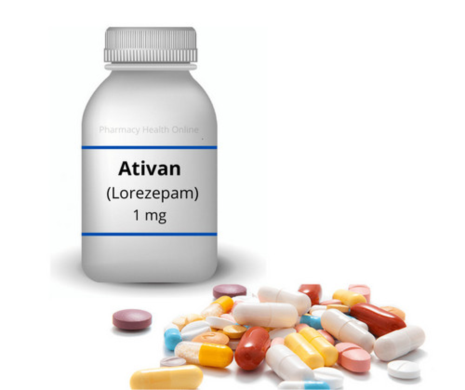blog address: http://cygnushospitals.com/our-specialities/cardiology
keywords: Best Cardiology Hospital in Delhi and Haryana, Best Heart Care Center in Delhi and Haryana, Best Cardiologist in Delhi and Haryana
member since: Feb 13, 2015 | Viewed: 385
Angiography Without Surgery - Heart Treatments
Category: Health
Heart disease treatment can be achieved without surgery for few people. Angioplasty is one of a non-surgical procedure that can be used to open blocked heart arteries. Stent placement is one option that can be done during angioplasty. Types of Interventional Procedures Used in Angioplasty There are several types of interventional procedures which your doctor may use when performing angioplasty. Balloon angioplasty. During this procedure, a specially designed catheter with a small balloon tip is guided to the point of narrowing in the artery. Once in place, the balloon is inflated to compress plaque against the artery wall and stretch the artery open to increase blood flow to the heart. Stent. A stent is a small metal mesh tube that acts as a scaffold to provide support inside your coronary artery. A balloon catheter, placed over a guide wire, is used to insert the stent into the narrowed coronary artery. Once in place, the balloon tip is inflated and the stent expands to the size of the artery and holds it open. The balloon is then deflated and removed while the stent stays in place permanently. Over a several-week period, your artery heals around the stent. Stents are commonly placed during interventional procedures such as angioplasty to help keep the coronary artery open. Some stents contain medicine and are designed to reduce the risk of reblockage (restenosis). Rotablation. A special catheter, with an acorn-shaped, diamond-coated tip, is guided to the point of narrowing in your coronary artery. The tip spins around at a high speed and grinds away the plaque on your artery walls. The microscopic particles are washed away in your blood stream and filtered out by your liver and spleen. This process is repeated as needed to allow for better blood flow. This procedure is rarely used today because balloon angioplasty and stenting have much better results and are technically easier for the cardiologist to perform. Atherectomy. The catheter used in this procedure has a hollow cylinder on the tip with an open window on one side and a balloon on the other. When the catheter is inserted into the narrowed artery, the balloon is inflated, pushing the window against the plaque. A blade (cutter) within the cylinder rotates and shaves off any plaque that protruded into the window. The shavings are caught in a chamber within the catheter and removed. This process is repeated as needed to allow for better blood flow. Like rotablation, this procedure is rarely used today. Cutting Balloon. The cutting balloon catheter has a special balloon tip with small blades. When the balloon is inflated, the blades are activated. The small blades score the plaque, and then the balloon compresses the plaque against the artery wall.
{ More Related Blogs }



